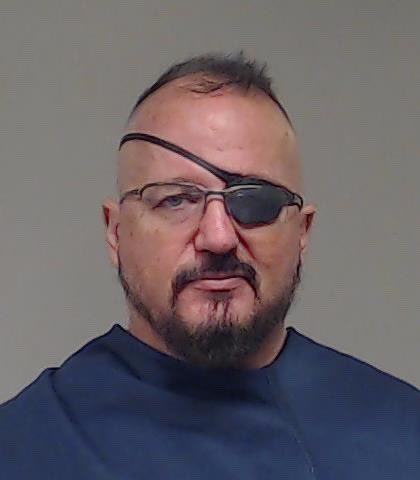DOJ Accuses Donald Trump of Asking for Special Treatment Even His Seditionists Didn’t Get
You’ve no doubt heard about the spat over whether Donald Trump’s DC trial should be televised (which court rules pretty much prohibit). Judge Chutkan allowed the parties to weigh in a media request to film the trial.
DOJ, after claiming to consult with Trump, filed an 18-page opposition, citing case law, but focusing especially on witness intimidation.
Paired with the ever-increasing acrimony in public discourse, witnesses and others who appear on video may be subjected to threats and harassment. Were there an appeal and retrial, witnesses who were subjected to scrutiny and harassment on social media may be unwilling to testify again. Even the knowledge that their images will circulate on social media may temper a witness’s initial testimony.
Trump responded, demanding a televised trial, with one of the most bombastic filings he has submitted.
After obtaining permission, DOJ replied, again focusing on witness tampering. It notes that he’s asking for special treatment.
Instead, decrying the alleged unfairness of the unequivocal and constitutionally-sound broadcast prohibition that has governed federal criminal trials—no matter the defendant—for decades, the defendant’s response is a transparent effort to demand special treatment, try his case in the courtroom of public opinion, and turn his trial into a media event.
But they also situated Trump among similar defendants — noting, for example, that fraud defendants like to continue their con inside the courtroom.
He desires instead to create a carnival atmosphere from which he hopes to profit by distracting, like many fraud defendants try to do, from the charges against him.
More interesting still are the high profile trials to which DOJ likens this one: All those of terrorists.
Indeed, the defendant ignores that high-profile federal criminal trials have long proceeded in accordance with the broadcast prohibition under the rules—and that they have garnered significant and detailed media coverage of courtroom proceedings nonetheless. See United States v. Tsarnaev, 595 U.S. 302, 313 (2022); United States v. Moussaoui, 205 F.R.D. 183, 184 (E.D. Va. 2002); United States v. McVeigh, 931 F. Supp. 753 (D. Colo. 1996). This has remained true in the context of trials related to the January 6, 2021 attack on the United States Capitol, including on seditious conspiracy charges. See, e.g., United States v. Rhodes, 610 F. Supp. 3d 29 (D.D.C. 2022); United States v. Nordean, 579 F. Supp. 3d 28 (D.D.C. 2021). The comprehensive, often minuteby-minute, public reporting on courtroom hearings in this case provides further evidence that the defendant’s desired “sunlight” need not come from eschewing the rules.
To be sure, Tsarnaev, Moussaoui, and McVeigh are direct precedents on access to the courtroom, as are those of Stewart Rhodes and Trump’s own Proud Boys.
But DOJ could have addressed the high profile trials of Roger Stone or Scooter Libby — the criminals Trump already pardoned, rather than the seditionists he promised to in a second term.
Fraudsters and seditionists. Those are Trump’s peers.

